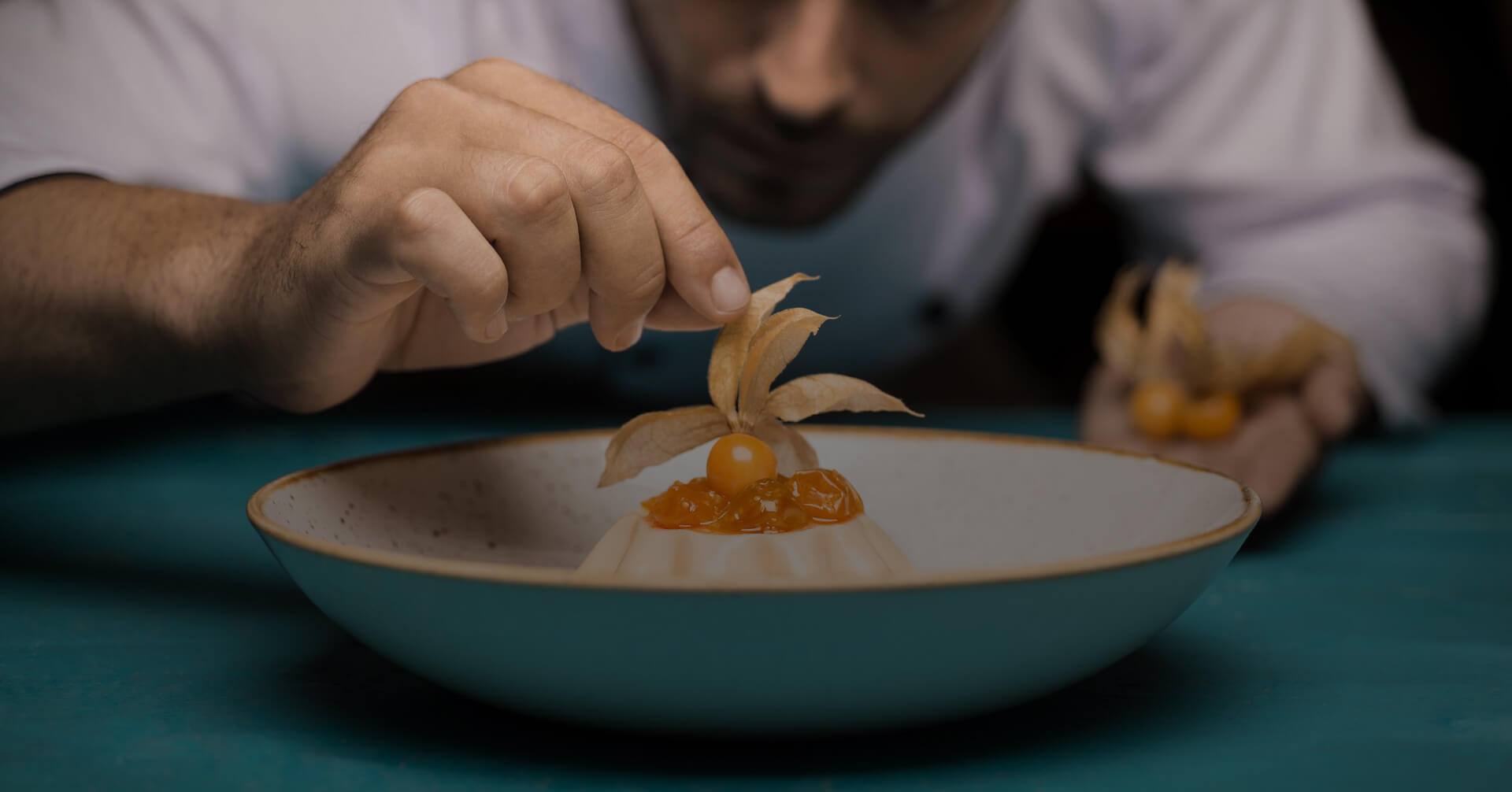5 COCKTAILS TO ORDER IN A PISCO BAR
They are made with the finest distilled grape in the world: pisco.
Pisco has its protected designation of origin in Peru, and it includes the regions of Lima, Ica, Arequipa, Moquegua and Tacna (specifically, in the valleys of Locumba, Sama and Caplina). Also, there are only eight grape varieties (called pisqueras) with which pisco is produced: Quebranta, Negra Criolla, Mollar, Uvina, Italia, Moscatel, Torontel and Albilla. Approximately, eight kilos of fruit are required to produce one liter of pisco. There are pure piscos, acholados (a kind of blend) and the famous mosto verde. This diversity allows a great deal of experimentation in mixology to make cocktails with different profiles.
Pisco Sour
This delicate cocktail should be prepared at the time, one at a time, in a cocktail shaker. Nowadays, each bar sets its own measures, but the most commonly used is 3-1-1: three ounces of pisco, one of syrup and one of lemon juice. The varieties of pisco used can change, although Quebranta is still the favorite. The secret, according to connoisseurs, is to work with quality pisco and freshly squeezed lemons.
Capitán
This pisco dates from the 1920s and is inspired by an unbeatable combination: vermouth and pisco. The recipe includes ice cubes and an olive as decoration.
Chilcano
The original version is served in a highball glass with plenty of ice and is made with two ounces of pisco, ginger ale and lemon. Some prefer to add a couple of drops of Angostura bitters. The best thing is recommended to add a freshly cut slice of lemon and a thin slice of the peel that will release its citrus aroma.
Pisco Punch
The origin of this cocktail lay in the Bank Exchange room in San Francisco, during the pisco fever that spread through California bars at the end of the 19th century. There, bartender Duncan Nicol made it famous. In his book “The Pisco Punch”, researcher José Antonio Schiaffino says this cocktail is a “cold punch that is based on the schnapps or brandy that came from our distant southern valleys in very particular clay jars, and had pineapple as a base of flavor”.
Sol y sombra
It is a variation of Chilcano, but wih an ounce of guinda, a sweet fruit (similar to a cherry) that grows in Huaura, north of Lima. It owes its name to the sunset that occurs in the highball glass, as the darkness of the guinda descends to meet the pisco.












